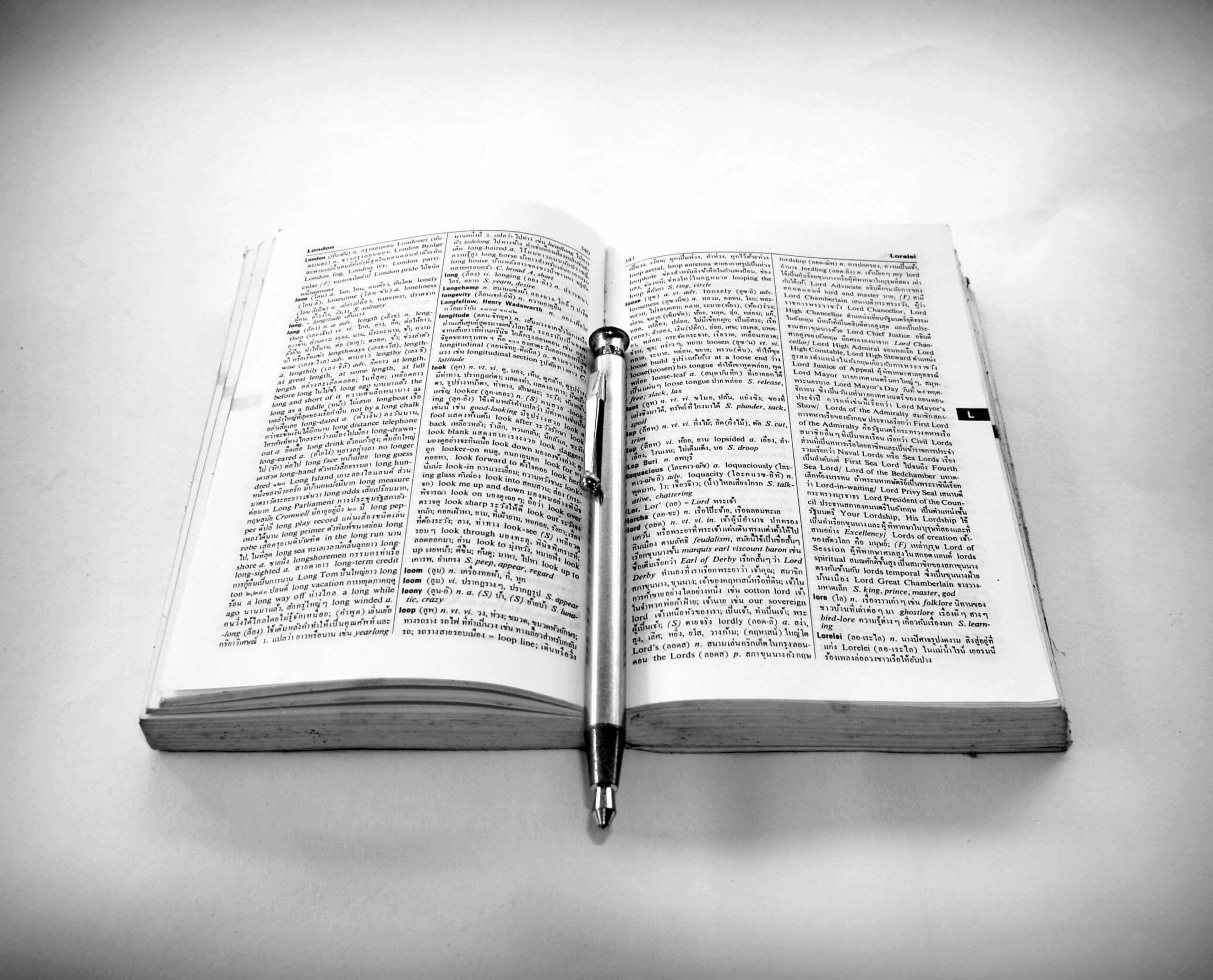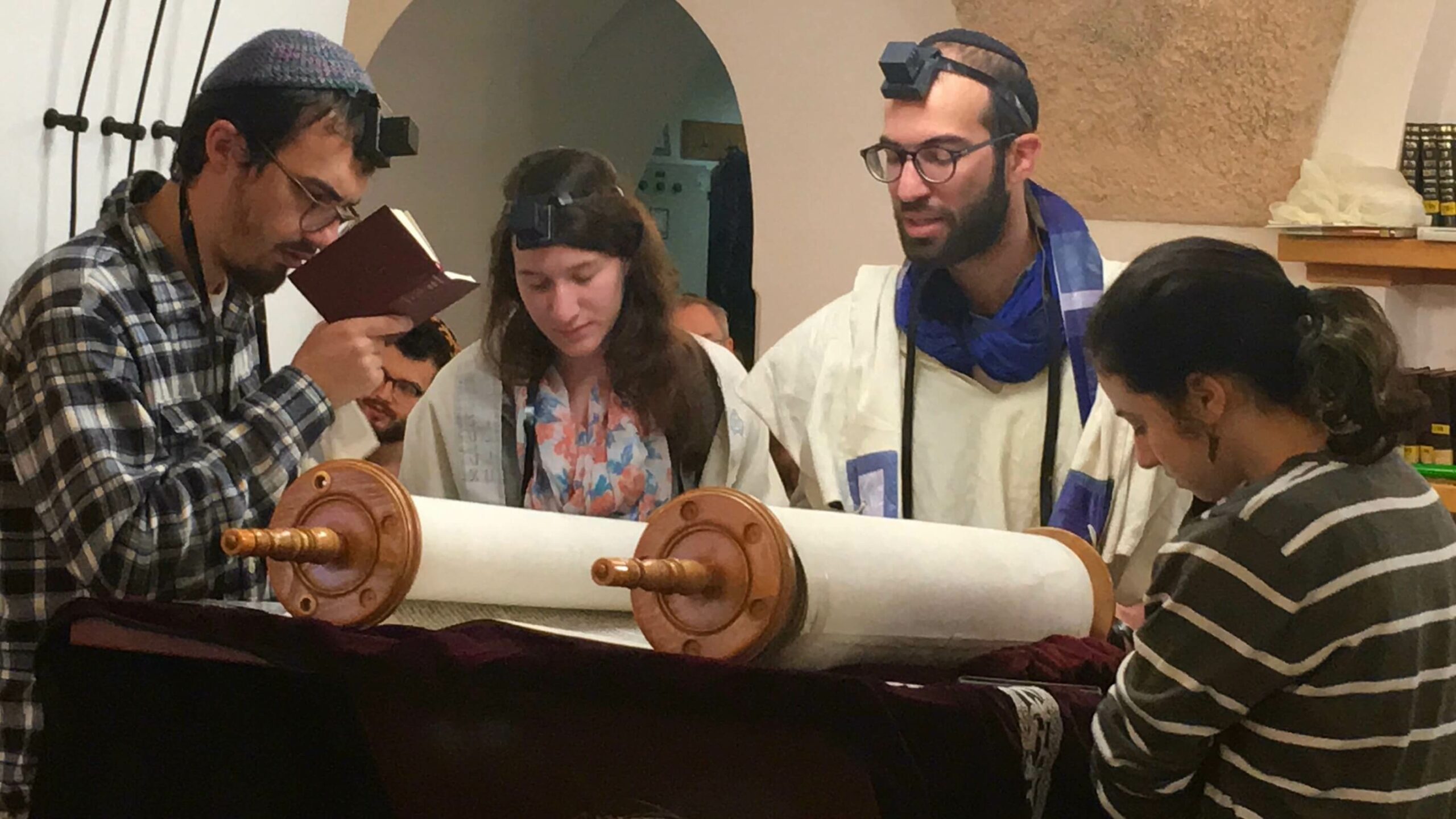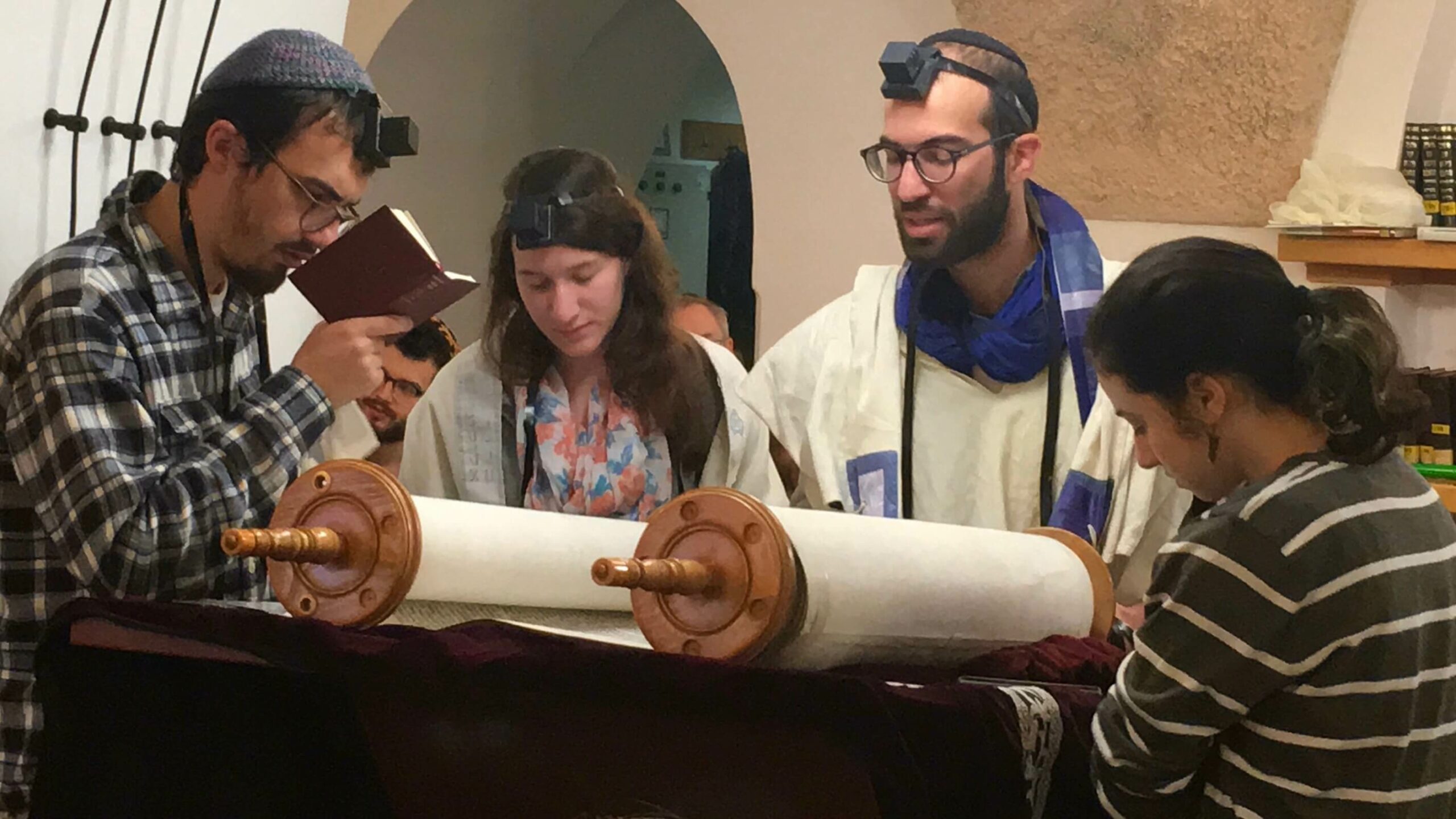
“I cried out to my friends, But they played me false. My priests and my elders perished in the city as they searched for food to keep themselves alive (Megillat Eikha 1:19).
Megillat Eikha is the first interpretation of what lessons must be drawn from the destruction of the First Temple. While the prophets provide a balcony-view of Jerusalem’s destruction, the fall of Judea, and the Babylonian exile, the narrator of Eikha offers a ground-level perspective on what went through his/her mind while the destruction took place.
Every year, I am fascinated by how the narrator of Eikha chooses to focus more on the psychological damage of the destruction of Jerusalem, as opposed to the physical destruction of the Temple. This is not to say that the loss of Temple does not matter to the narrator; rather, it provides a window into the fact that even in a moment when something tangible is lost, human beings are compelled to worry first about one another.
By the time we reach the rabbinic period, the rabbis take this lesson to heart when they codify the world of Jerusalem following the destruction of the Second Temple. The famous ninth chapter of Mishnah Sotah begins by describing the ritual of the eglah arufah, the decapitation of a heifer as penitence for an unsolved murder, a highly technical ritual that could only be performed during a time when the temple stood. However, a progression takes place in this chapter from focusing on the ritual life of Jerusalem to the personal impact on the lives and leaders of the Jewish people. Here is one selection from the final mishnah in the ninth chapter:
“Rabbi Eliezer the Great says: from the day the Temple was destroyed, the sages began to be like scribes, scribes like synagogue-attendants, synagogue-attendants like common people, and the common people became more and more debased. And nobody seeks. Upon whom shall we depend? Upon our father who is in heaven” (Sotah 9:15).
The costs of Jerusalem’s destruction were many and varied, yet the human impact metastasized and infected the Jewish people long after the dust settled on Jerusalem’s fallen kingdom. Even though the rabbis go to great lengths to remind us about the world of the Temple, what was performed in that space, and what we remain obligated to do in that space, the rabbis constantly remind us that the greatest loss of the Temple was the elimination of a space in which heaven and earth could touch. Everything physical was secondary to the personal.
Leaders can learn a great deal from Judaism’s insistence on mourning the personal over the physical on Tisha B’Av, particularly during a time of anxiety. As a rabbi who does leadership development, I always skeptical of anyone who reflexively says that a synagogue needs to run “like a business,” for two reasons. First, as Hal Lewis points out in one of the most important articles ever published in eJewishPhilanthropy, most Jewish organizations ignore basic practices about how businesses recruit and retain top professional talent.
Second, this frequently launched bromide reflects an inaccurate understanding of the most important asset of most for-profit businesses: human capital. Eric Ries argues in The Lean Startup that even in Silicon Valley, the land of startups, algorithms, and big data, it is important never to lose sight that people matters more than numbers. Ries writes:
“Numbers tell a compelling story, but I always remind entrepreneurs that metrics are people, too. No matter how many intermediaries lie between a company and its customers, at the end of the day, customers are breathing, thinking, buying individuals. Their behavior is measurable and changeable…All successful sales models depend on breaking down the monolithic view of organizations into the disparate people that make them up” (88).
Institutions grow because people use their talents to grow them. By extension, when institutions decline or close, it is the people who experience loss and must pick up the pieces to write a new chapter. The more we focus on the numbers, the less we recognize the real asset that has been destroyed. The narrator of Megillat Eikha and the rabbis go to great lengths to remind us that we must protect people over things, and, when necessary, only mourn what matters most.
Whether we like it or not, many corners of the Jewish community are dealing with issues of contraction and decline. While we should never wish that descent upon anyone, it is important in those moments to clarify what values must be at the center of what should be preserved, strengthened, and defended. And in Jewish tradition, the choice is always clear: we choose people over things. Even in moments when we must make tough choices, our obligation on Tisha B’Av is to remember that buildings can be rebuilt, yet human beings cannot.
May you have a safe and easy fast.






